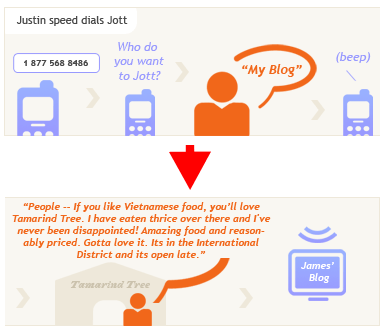Jerry Del Colliano shares a few ideas on “next generation radio” he’ll be presenting to an interactive session for radio executives next month:
“My view is that terrestrial radio is now a destination entertainment medium for available listeners – older members of Gen X and the baby boomers.”
“…there is no need to produce 24/7 programming online. … But the radio station of the future may only provide three hours of programming a day – that’s right, a day – and deliver it on a cell phone or mobile device.
“Podcasting will be the new radio for Gen Y.”
“The successful content provider in the future will have to unlock the genius of Steve Jobs in understanding a generation they are not in – and Jobs, arguably, knows Gen Y better than they know themselves.”
“In the past, a radio station had to be on-air, all the time and doing the same format over and over again. But in the future, new media will require radio broadcasters who want to play in this arena to be many things for which it does not presently have skills.”
If you’re interested in where radio might be headed, I encourage you to read the full post. Companies that provide programming to radio stations — like our company– are sure to be affected by the same forces. Are we ready?

